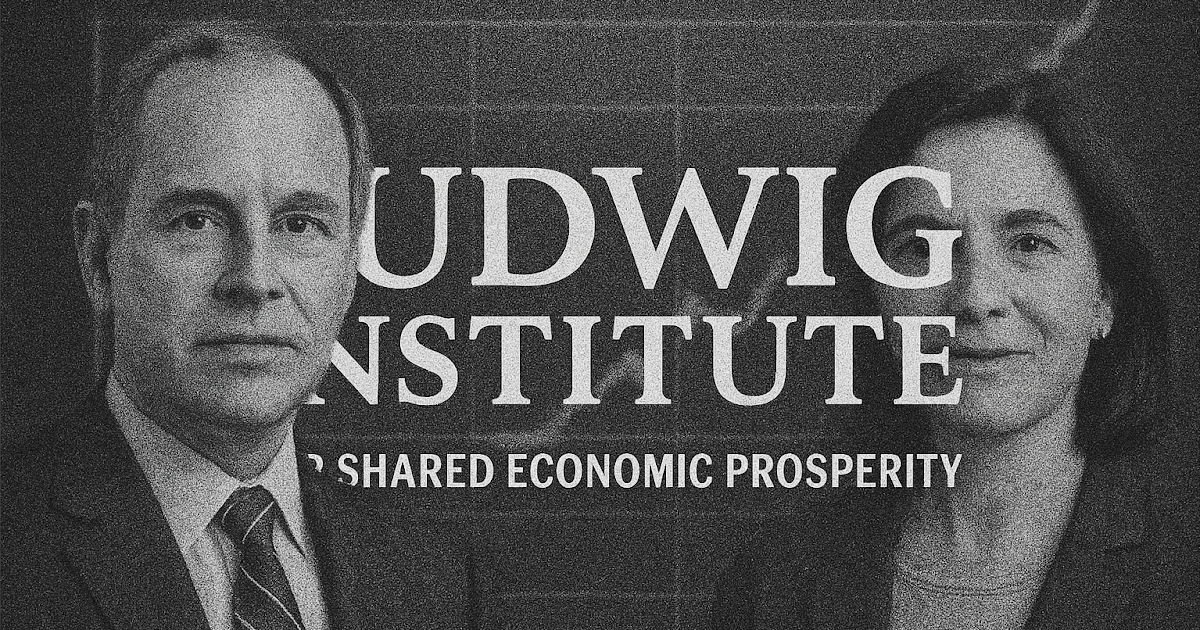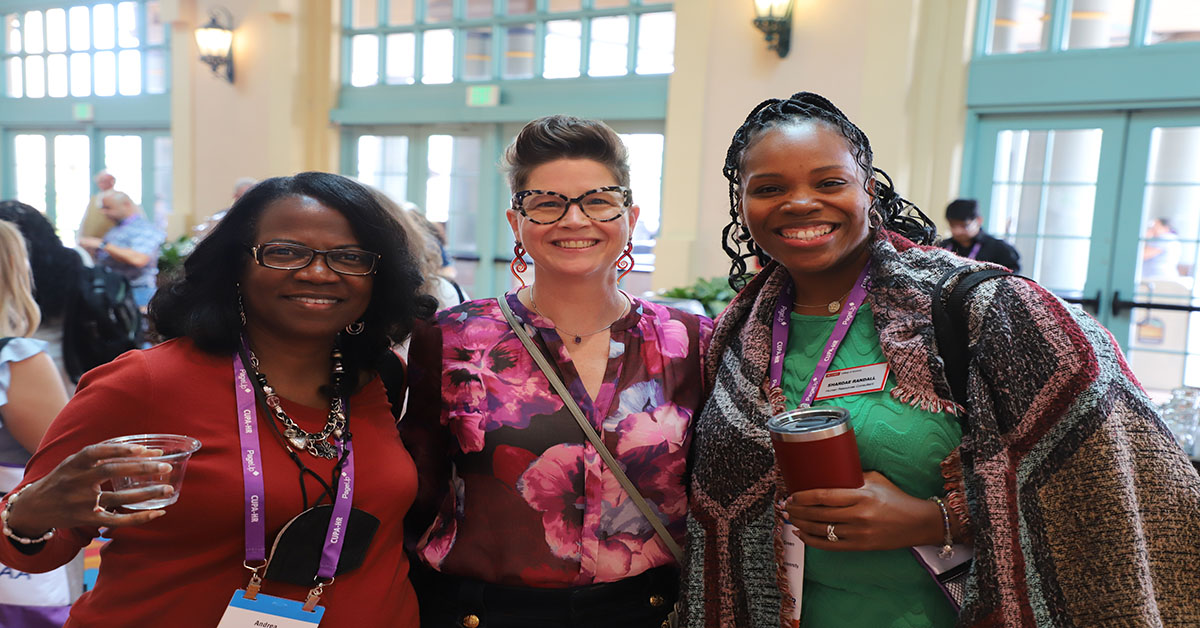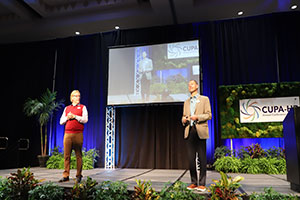In a political moment defined by economic confusion, precarity, and widening inequality, the
has positioned itself as one of the most forceful critics of how the U.S. government measures economic well-being. Founded in 2019 by Eugene “Gene” Ludwig—banking regulator, financier, and longtime critic of official labor statistics—the institute argues that the traditional indicators used by policymakers, economists, and the media no longer reflect the lived experience of most working and middle-class Americans.
Taken together, these indicators paint a sobering picture. LISEP’s most recent TRU data suggests that nearly one in four Americans—far more than the official unemployment rate—remains functionally unemployed or trapped in low-wage, unstable work. Its analysis of living costs shows that basic necessities such as housing, childcare, food, healthcare, and digital access are rising at rates that far outpace reported inflation. Its income distribution research finds that the bottom 60% of households fall severely short of the after-tax income required to meet even minimal quality-of-life thresholds.
In a time when both parties often claim economic success—pointing to record stock markets, low headline unemployment, and steady GDP growth—LISEP argues that these triumphal narratives obscure the steady erosion of working-class security.
But LISEP’s work does more than diagnose hardship; it challenges the legitimacy of the economic story that the United States tells about itself. That is precisely why its metrics have garnered attention—and controversy.
Methodological Innovations and the Pushback They Attract
Economists, policymakers, labor advocates, and academics have responded to LISEP’s work with a mixture of praise and skepticism. Some see LISEP as filling a critical gap—offering metrics that better capture the realities of gig workers, part-time workers, workers with unpredictable hours, and families priced out of life’s essentials. Others argue that LISEP’s approach risks injecting subjectivity into economic measurement and complicating long-established statistical frameworks.
One major point of debate centers on LISEP’s definition of unemployment. Traditional unemployment statistics only count individuals actively seeking work. LISEP’s TRU metric, by contrast, includes the underemployed, part-time workers who want full-time jobs, and discouraged workers who have given up looking. Critics argue that combining these groups creates a metric that resembles a policy argument more than a neutral measurement. Supporters counter that ignoring these groups produces an artificially rosy portrait of economic health and undervalues persistent structural inequality.
LISEP’s True Living Cost and Minimal Quality of Life indices face a different critique: they define “necessities” more broadly than some economists are comfortable with. Including internet access, basic technology, early childhood education, and modern transportation standards is, according to LISEP, essential to functioning in the 21st-century economy. Critics contend that because these standards go beyond subsistence, the metrics risk shifting from measuring need to measuring aspiration. The institute responds that “subsistence” is not an acceptable measure of human dignity in a wealthy nation.
Other scholars raise questions about transparency. While LISEP publishes summaries and explanations of its methodologies, some economists argue that its approaches would require broader independent replication and peer review to become standard tools. Yet others note that the Bureau of Labor Statistics itself has long used imperfect methods that were never designed to measure well-being—only labor market participation.
Where supporters and skeptics agree is on one point: LISEP has forced a deeply needed conversation about what economic dignity means in the United States today.
Why LISEP Matters for Higher Education and Public Policy
For institutions of higher learning—especially those that produce the economists, policymakers, and journalists who shape public discourse—LISEP’s challenge to economic orthodoxy is a call to scrutiny and humility. Universities continue to rely on traditional metrics in research, teaching, and policy labs, even when these metrics fail to capture the economic and social pressures facing students and their families.
Students at community colleges, regional publics, and underfunded institutions live the realities LISEP describes: multiple jobs, unpredictable hours, rising food and housing insecurity, and persistent underemployment after graduation. Yet their struggles are too often minimized by conventional indicators that suggest a thriving labor market.
If academia takes LISEP’s work seriously, it could shift research priorities, reshape debates on student debt, influence regional economic development strategies, guide labor-market forecasting, and elevate the experiences of the most economically vulnerable students.
For policymakers, LISEP’s metrics offer a different foundation for assessing whether economic growth is reaching ordinary people. They provide tools for evaluating whether wages are livable, whether childcare is accessible, whether housing is affordable, and whether the economy produces stable, family-supporting jobs. If adopted or even partially embraced, LISEP’s indicators could inform legislation on minimum wage, labor protections, social services, tax reform, cost-of-living adjustments, and more.
The institute’s broader message is simple: the United States cannot address inequality if it continues to celebrate misleading statistics.
A New Economic Narrative
Whether LISEP becomes a permanent influence or a dissenting voice will depend on how policymakers, journalists, and academic economists respond. If its metrics remain on the margins, they will serve as a moral indictment of traditional measures that ignore the reality of economic insecurity. If they are adopted, they could trigger a profound reevaluation of American economic policy—one grounded not in aggregate success but in shared prosperity.
LISEP insists that a healthy economy is not one that grows on paper but one that allows ordinary people to live decently. That premise alone places the institute on the front lines of the battle over how the United States understands its own economic health.
Sources
Ludwig Institute for Shared Economic Prosperity, “True Rate of Unemployment (TRU),” 2025, lisep.org.
Ludwig Institute for Shared Economic Prosperity, “True Living Cost (TLC),” 2025, lisep.org.
Ludwig Institute for Shared Economic Prosperity, “Shared Economic Prosperity (SEP) Measure,” 2025, lisep.org.
PR Newswire, “Majority of Americans Can’t Achieve a Minimal Quality of Life, According to New Ludwig Institute Research,” May 12, 2025.
Ludwig Institute for Shared Economic Prosperity, “Wage Inequality Grows With Low-Income Workers Losing Ground,” Press Release, April 16, 2025.









 How does Disney engage over 70,000 employees — aka, cast members — to ensure that the details are done right? While cast members’ jobs may be different, from serving food at EPCOT to directing riders on Space Mountain, they all share in one common goal: creating happiness. In their talk, Williford and Pyka emphasized that culture is defined by how people behave, and training is critical to achieving desired behaviors. Caring and communication are also vital elements of culture. The extent to which organizations genuinely care for their people is the extent to which those people will, in turn, care for customers and each other. And high-quality communication can reinforce culture as much as lack of communication will undermine it.
How does Disney engage over 70,000 employees — aka, cast members — to ensure that the details are done right? While cast members’ jobs may be different, from serving food at EPCOT to directing riders on Space Mountain, they all share in one common goal: creating happiness. In their talk, Williford and Pyka emphasized that culture is defined by how people behave, and training is critical to achieving desired behaviors. Caring and communication are also vital elements of culture. The extent to which organizations genuinely care for their people is the extent to which those people will, in turn, care for customers and each other. And high-quality communication can reinforce culture as much as lack of communication will undermine it. Why? One reason is that work has replaced what people once found in community, whether through church or bowling leagues or book clubs. McGowan said that’s why current and future generations entering the workforce seek jobs that reflect the totality of their values and personality.
Why? One reason is that work has replaced what people once found in community, whether through church or bowling leagues or book clubs. McGowan said that’s why current and future generations entering the workforce seek jobs that reflect the totality of their values and personality.